

| Cruise Region : South America / Antarctica |
| Company : Oceania Cruises |
| Ship : Marina |
| Journey Start : շբթ 07 մրտ 2026 |
| Journey End : երք 07 ապր 2026 |
| Count Nights : 31 night |
| Day | Date | Port | Arrival | Departure |
|---|---|---|---|---|
| 1 | 7.03 շբթ | Բուենոս Այրես / Argentina | 18:00 | |
| 2 | 8.03 կիր | Մոնտեվիդեո / Uruguay | 08:00 | 20:00 |
| 3 | 9.03 երկ | Պունտա դել Էստե / Uruguay | 08:00 | 17:00 |
| 4 | 10.03 երք | Օր ծովում / Sea | ||
| 5 | 11.03 չրք | Իտաժաի / Brazil | 10:00 | 19:00 |
| 6 | 12.03 հնգ | Սանտոս / Brazil | 09:00 | 19:00 |
| 7 | 13.03 ուր | Պարատի / Brazil | 08:00 | 18:00 |
| 8 | 14.03 շբթ | Իլյա Գրանդե / Brazil | 08:00 | 18:00 |
| 9 | 15.03 կիր | Արմասաու դուս Բուզիուս / Brazil | 08:00 | 18:00 |
| 10 | 16.03 երկ | Ռիո դե Ժանեյրո / Brazil | 08:00 | |
| 11 | 17.03 երք | Ռիո դե Ժանեյրո / Brazil | ||
| 12 | 18.03 չրք | Ռիո դե Ժանեյրո / Brazil | 13:00 | |
| 13 | 19.03 հնգ | Օր ծովում / Sea | ||
| 14 | 20.03 ուր | Օր ծովում / Sea | ||
| 15 | 21.03 շբթ | Ռեսիֆե / Brazil | 07:00 | 15:00 |
| 16 | 22.03 կիր | Օր ծովում / Sea | ||
| 17 | 23.03 երկ | Օր ծովում / Sea | ||
| 18 | 24.03 երք | Օր ծովում / Sea | ||
| 19 | 25.03 չրք | Ալտեր դու Շաու / Brazil | 13:00 | 20:00 |
| 20 | 26.03 հնգ | Վալերիա գյուղի բերան / Brazil | 07:00 | 15:00 |
| 21 | 27.03 ուր | Մանաուս / Brazil | 09:00 | |
| 22 | 28.03 շբթ | Մանաուս / Brazil | 16:00 | |
| 23 | 29.03 կիր | Փարինթինս / Brazil | 10:00 | 18:00 |
| 24 | 30.03 երկ | Սանտարեն / Brazil | 07:00 | 15:00 |
| 25 | 31.03 երք | Օր ծովում / Sea | ||
| 26 | 1.04 չրք | Օր ծովում / Sea | ||
| 27 | 2.04 հնգ | Օր ծովում / Sea | ||
| 28 | 3.04 ուր | Castries / Saint Lucia | 11:00 | 17:00 |
| 29 | 4.04 շբթ | Բասետեր, Սենտ Քիթս / Saint Kitts and Nevis | 07:00 | 14:00 |
| 30 | 5.04 կիր | Օր ծովում / Sea | ||
| 31 | 6.04 երկ | Օր ծովում / Sea | ||
| 32 | 7.04 երք | Մայամի / USA | 07:00 | 17:00 |
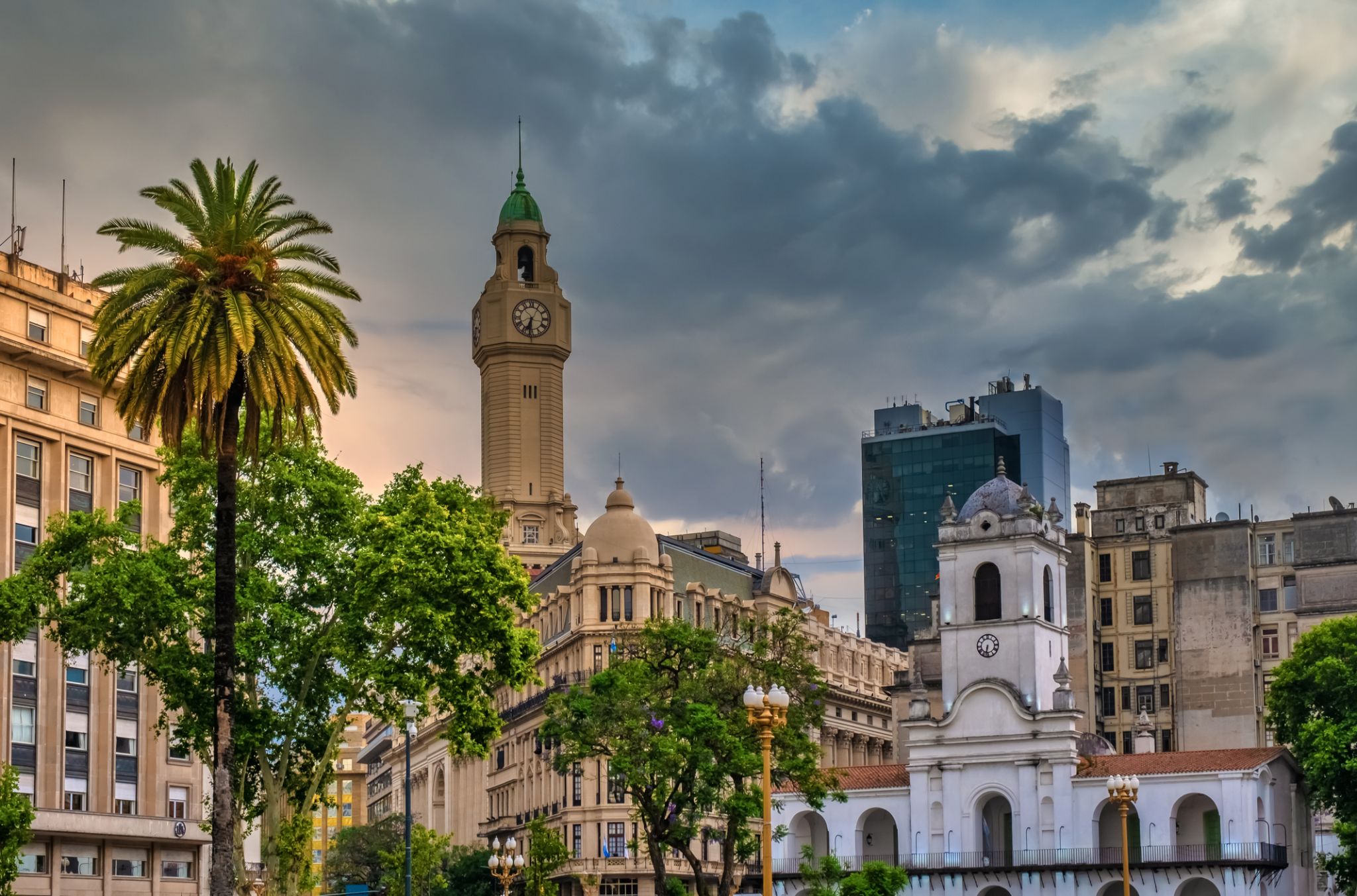
the capital city and chief port of Argentina, in the eastern central part of the country, on the Plata River; population 3,042,600 (est. 2008).
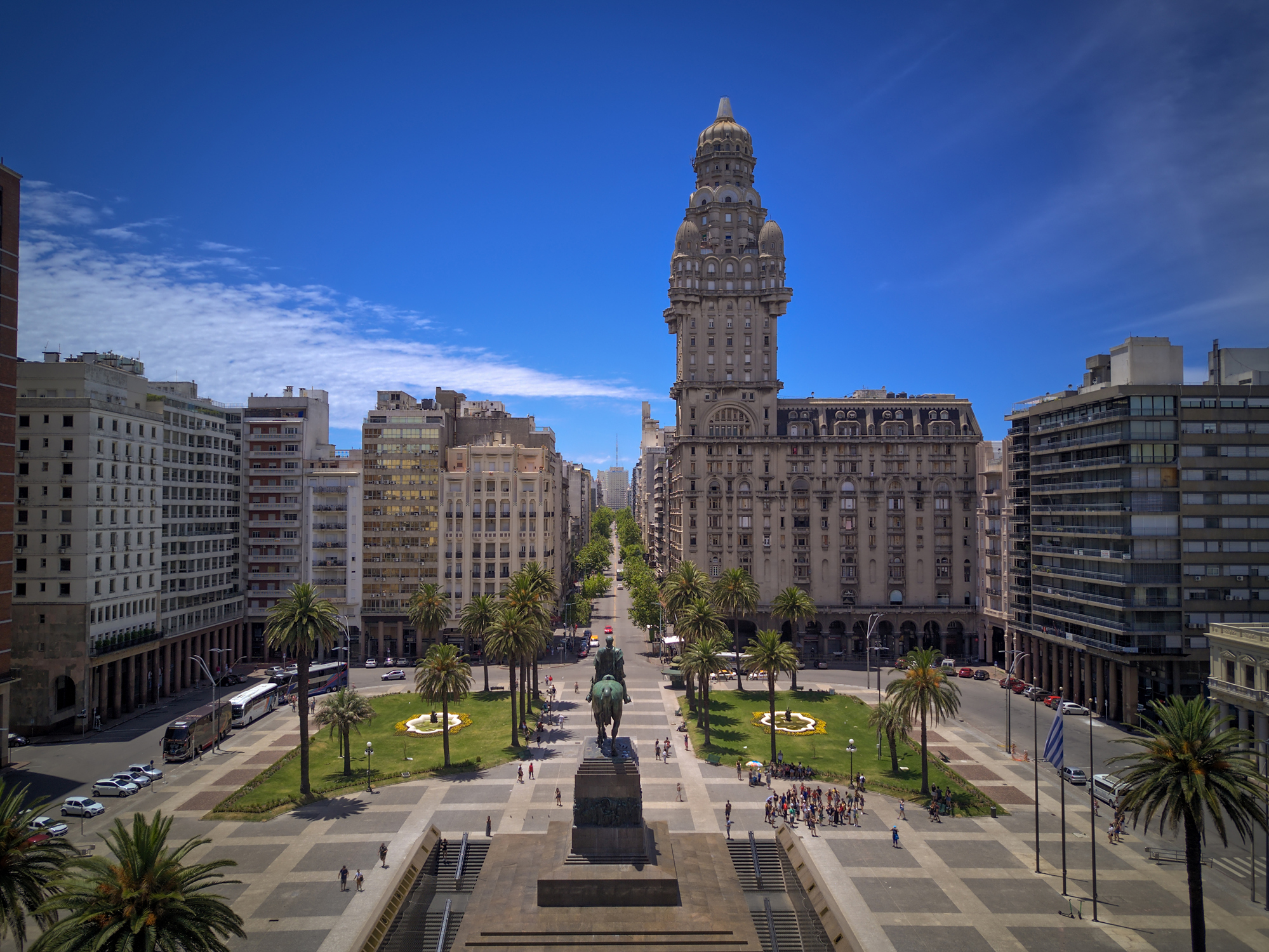
Montevideo is the capital and largest city of Uruguay. According to the 2011 census, the city proper has a population of 1,319,108 (about one-third of the country's total population) in an area of 201 square kilometres (78 sq mi). The southernmost capital city in the Americas, Montevideo is situated on the southern coast of the country, on the northeastern bank of the Río de la Plata.
The city was established in 1724 by a Spanish soldier, Bruno Mauricio de Zabala, as a strategic move amidst the Spanish-Portuguese dispute over the platine region. It was also under brief British rule in 1807. Montevideo is the seat of the administrative headquarters of Mercosur and ALADI, Latin America’s leading trade blocs, a position that entailed comparisons to the role of Brussels in Europe.
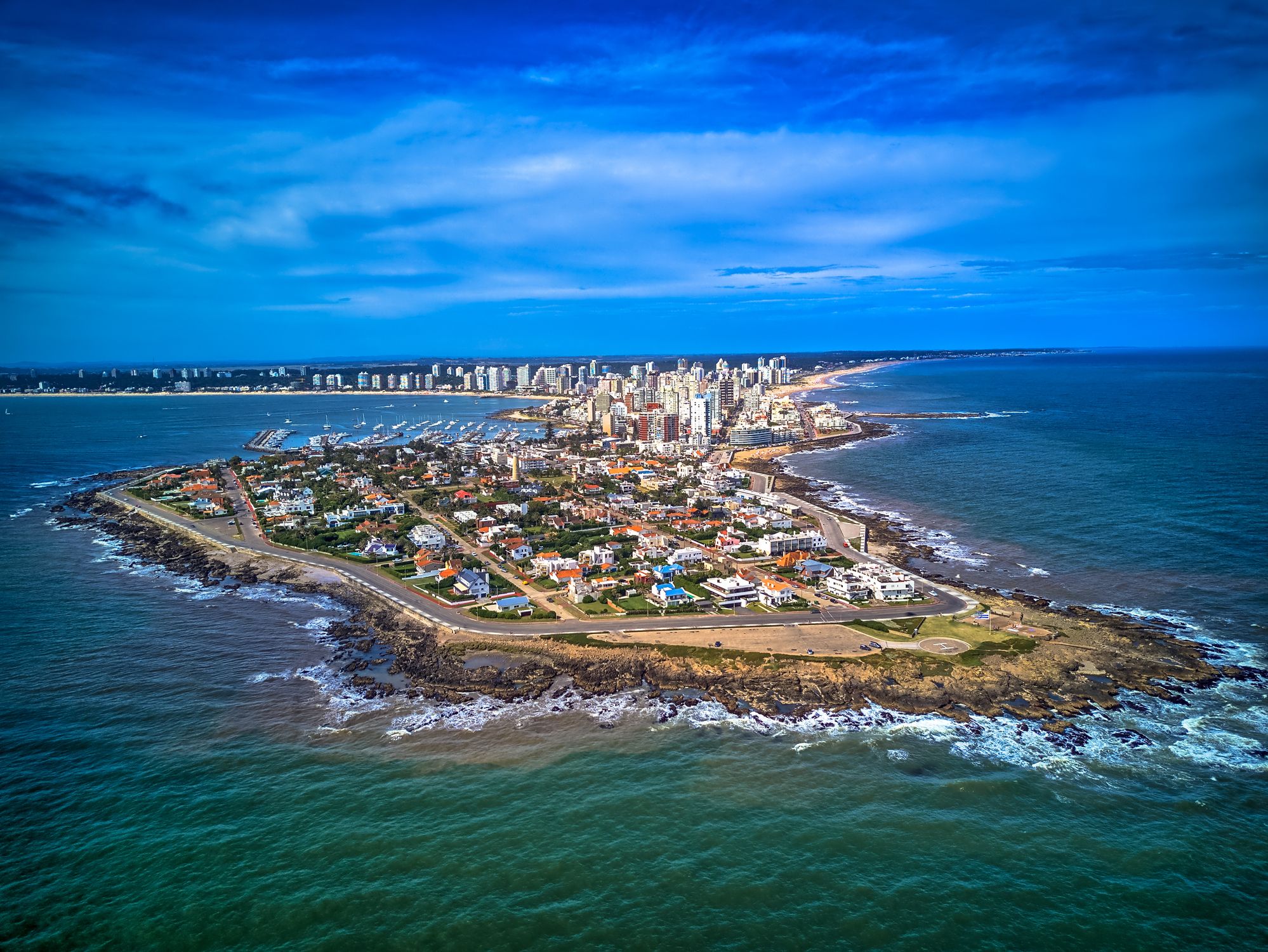
Պունտա դել Էստե — Ուրուգվայի ծովափնյա առողջարան Ատլանտիկի ափին
Պունտա դել Էստեն Հարավային Ամերիկայի ամենահայտնի առողջարաններից է, որը գտնվում է Ուրուգվայի հարավային ափին՝ այն տեղում, որտեղ Ատլանտյան օվկիանոսը միանում է Լա Պլատա էստուարի հետ։ Այս քաղաքը հայտնի է իր հակադրություններով. մեկ կողմից՝ շքեղ թաղամասեր, ժամանակակից երկնաքերեր, նավահանգիստներ և բարձրակարգ ռեստորաններ, իսկ մյուս կողմից՝ հանգիստ ավազոտ լողափեր, գեղատեսիլ ավազաթմբեր և ալիքներ, որոնք իդեալական են սերֆինգի համար։ Այն հաճախ անվանում են «Հարավային Ամերիկայի Մոնակո»՝ իր շքեղ ենթակառուցվածքների և համաշխարհային ճանաչում ունեցող հյուրերի շնորհիվ։
Բացի լողափերից՝ քաղաքը առաջարկում է մշակութային և բնական տեսարժան վայրեր՝ "La Mano" քանդակը, որը դարձել է քաղաքի խորհրդանիշը, Ralli ժամանակակից արվեստի թանգարանը, ինչպես նաև ափամերձ կղզիները՝ ծովառյուծներով։ Արժե այցելել նաև Լա Բարրա թաղամասը իր բոհեմյան մթնոլորտով կամ վայելել մայրամուտը Փունտա դել Էստեի փարոսի մոտ։ Ամառային սեզոնին (դեկտեմբեր–փետրվար) քաղաքը դառնում է աշխույժ կենտրոն՝ գրավելով զբոսաշրջիկներին ամբողջ աշխարհից։

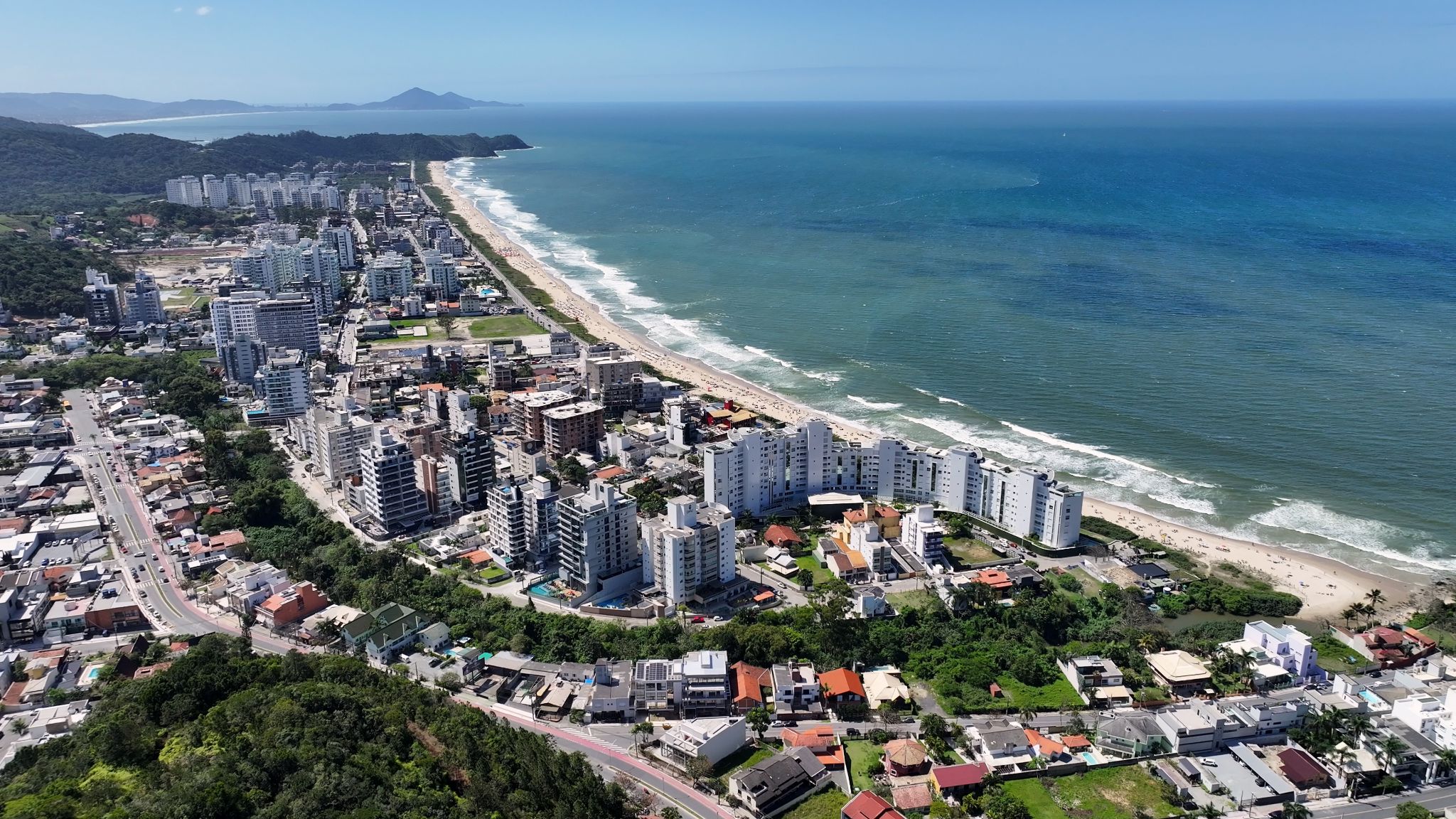
Իտաժաին Բրազիլիայի հարավում՝ Սանտա Կատարինա նահանգում գտնվող առափնյա քաղաք է, որը հայտնի է իր աշխույժ նավահանգստով և զարգացած ծովային ենթակառուցվածքներով։ Իտաժաիի նավահանգիստը համարվում է երկրի կարևորագույններից մեկը՝ մսի և գյուղատնտեսական արտադրանքի արտահանման ուղղությամբ։ Քաղաքը գրավում է ոչ միայն գործարար այցելուներին, այլև զբոսաշրջիկներին՝ իր մեջ համադրելով արդյունաբերական տեսարաններն ու բնական գեղեցկությունը։ Քայլելով ափամերձ գծով՝ կարելի է տեսնել հսկա բեռնանավեր Ատլանտյան օվկիանոսի ֆոնին և համտեսել թարմ ծովամթերք տեղական ռեստորաններում։
Չնայած իր տնտեսական նշանակությանը՝ Իտաժաին առաջարկում է հանգիստ լողափեր, կանաչ զբոսայգիներ և մշակութային միջոցառումներ։ Ամենահայտնի միջոցառումներից մեկը Festa do Mare-ն է՝ նավաստիների տոն, որն ուղեկցվում է շքերթներով, համերգներով և ձկնային ուտեստներով։ Քաղաքի մոտակայքում է գտնվում Balneário Camboriú հանգստավայրը՝ Բրազիլիայի ամենահայտնի լողափային ուղղություններից մեկը։ Իտաժաին միավորում է ծովը, մշակույթը և հարավային Բրազիլիայի դինամիկ կյանքը՝ դարձնելով այն իդեալական վայր ինչպես կարճ կանգառի, այնպես էլ հանգիստ շրջայցերի համար։
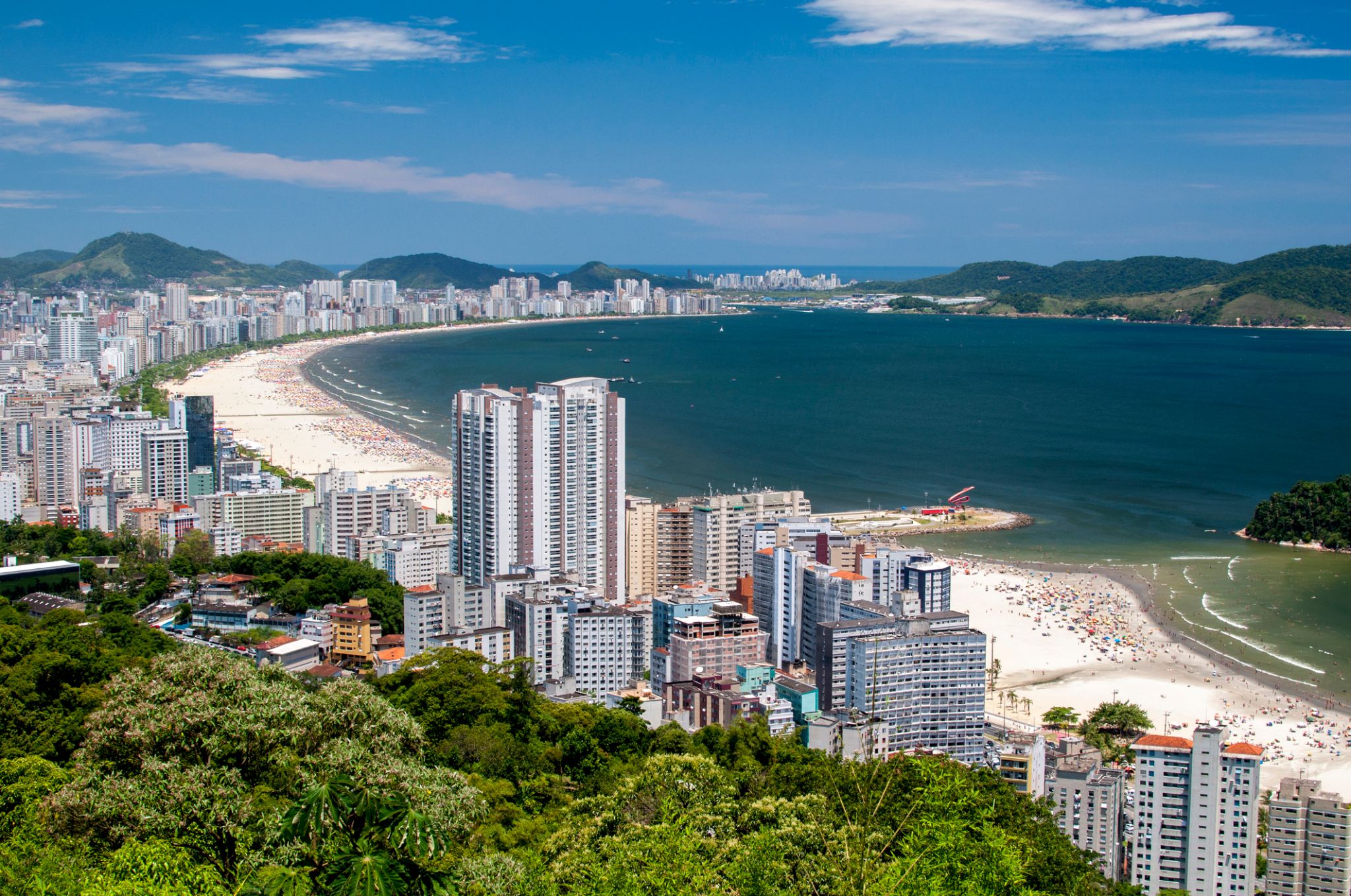
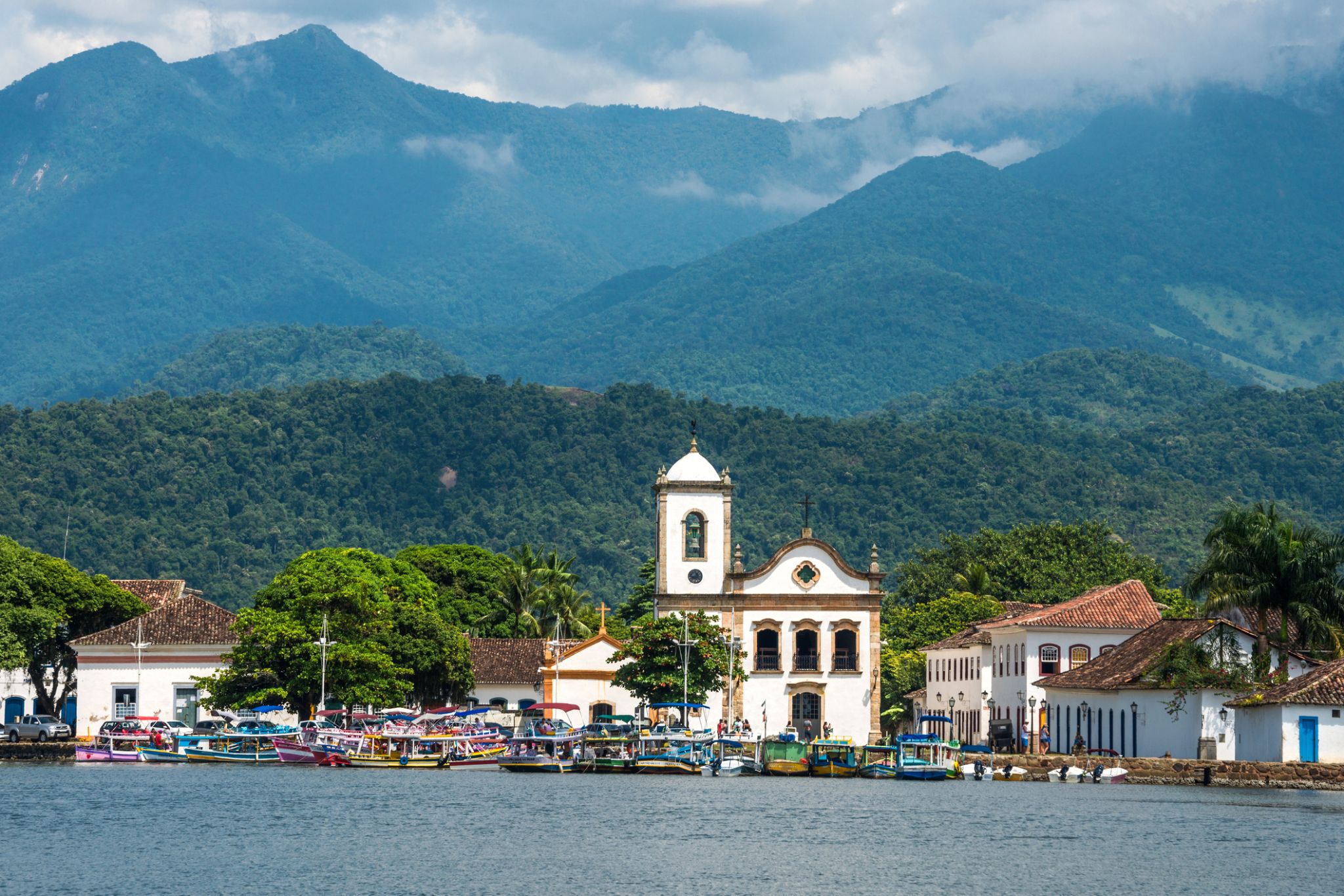
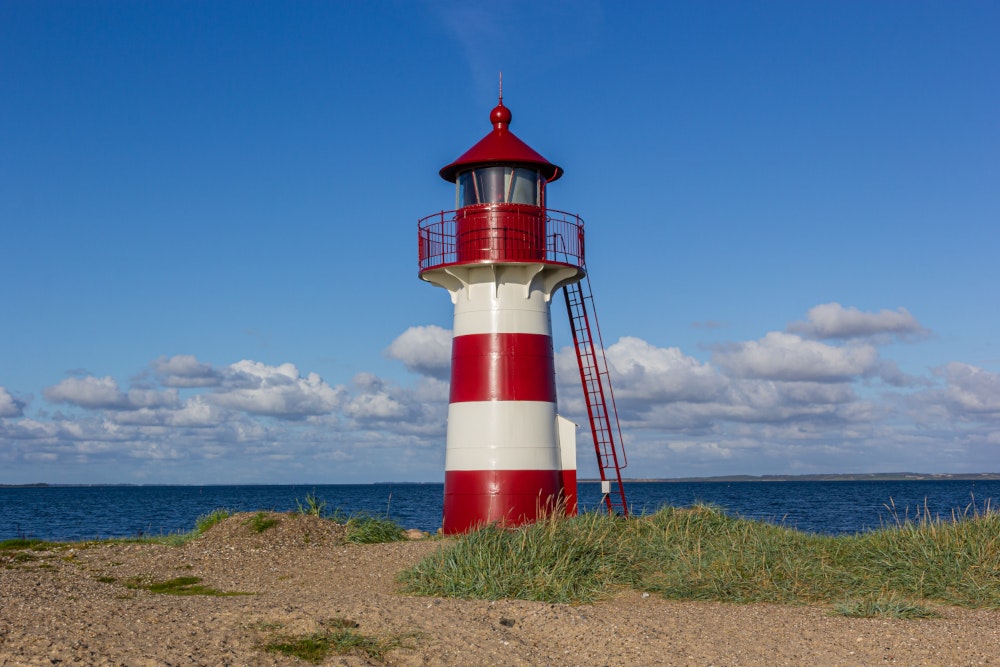
Բրազիլիայի ափամերձ սմարաղդյա ալիքների մեջ թաքնված է Ilha Grande կղզին, որն իր անխաթար բնությամբ ու իրական արկածախնդրության ոգով կախարդում է այցելուներին։ Ռիո դե Ժանեյրոյի նահանգում գտնվող այս կղզին երբևէ ծառայել է որպես բանտ և բորոտների գաղութ, իսկ այսօր այն դարձել է կատարյալ վայր քաղաքային աղմուկից փախչելու համար։ Այստեղ ավտոմեքենաներ չկան՝ փոխարենը՝ արահետներ, որոնք անցնում են ջունգլիներով՝ տանում դեպի սպիտակ ավազով լողափեր, բյուրեղյա պարզություն ունեցող ծովալճակներ և անտառի խորքերում թաքնված ջրվեժներ։
Ուղևորները կարող են բացահայտել ավելի քան 100 լողափ՝ ներառյալ աշխարհում ամենագեղեցիկներից մեկը համարվող Լոպես Մենդեսը։ Նավակներով շրջագայությունները դեպի լքված բանտեր, ջրասուզակություն՝ նավաբեկության վայրերում և արշավները Ատլանտյան անտառով առաջարկում են բազմաթիվ արկածներ։ Ilha Grande-ը պարզապես հանգստի վայր չէ, այլ կենդանի թանգարան՝ լի բնությամբ և պատմությամբ, որտեղ յուրաքանչյուր քայլը նոր բացահայտում է։
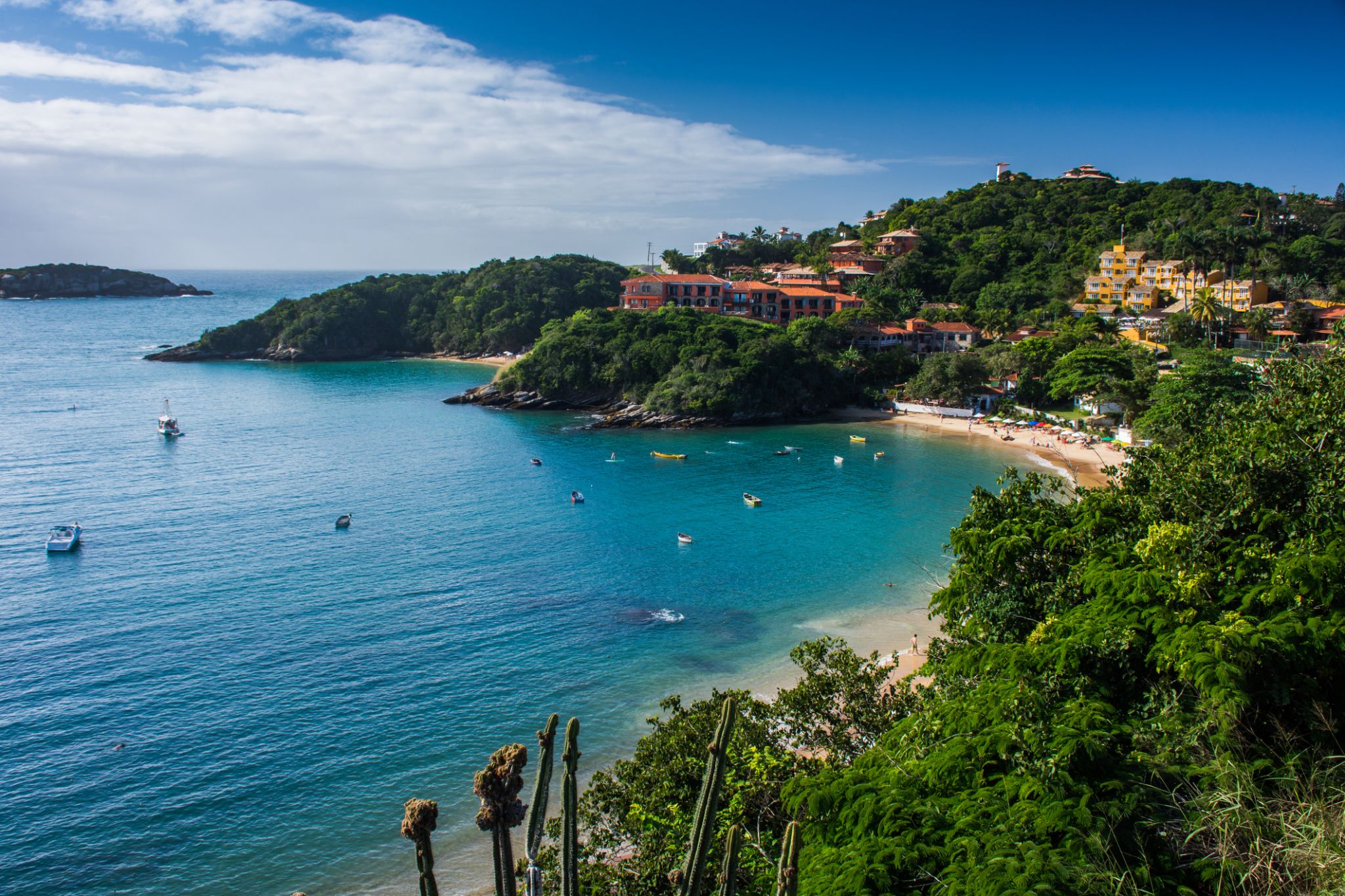
Արմասաու դուս Բուզիուսը, հաճախ պարզապես Բուզիուս անվամբ, հանգստյան քաղաք է և համայնք Բրազիլիայի Ռիո դե Ժանեյրո նահանգում։ 2012 թվականին բնակչությունը կազմել է 23,463 մարդ, իսկ տարածքը՝ 69 կմ²։ Այսօր Բուզիուսը հայտնի հանգստավայր է, հատկապես բրազիլացիների և արգենտինացիների շրջանում։
20-րդ դարի սկզբում Բուզիուսը գրեթե անհայտ ձկնորսական գյուղ էր։ Այսպես մնաց մինչև 1964 թվականը, երբ ֆրանսիացի դերասանուհի Բրիջիթ Բարդոն այցելեց Բուզիուս։ Այդ պահից սկսած, Բուզիուսը դարձավ Ռիո դե Ժանեյրոյի բարձր հասարակության սիրելի վայրը, ովքեր ցանկանում էին փախչել քաղաքի աղմուկից և վայելել թերակղզու առաջարկած ավելի քան 23 լողափերը։ Քաղաքը վերածվեց միջազգային զբոսաշրջային ուղղության։
Այսօր թերակղզին առաջարկում է հանգստություն, անմիջական կապ բնության հետ և գեղատեսիլ տեսարաններ։ Արևմտյան ափի լողափերը ունեն հանգիստ, պարզ ջրեր, մինչդեռ արևելյան ափի լողափերը, որոնք բաց են դեպի բաց ծովը, ավելի վայրի են և գրավում են սերֆինգի և ջրային սպորտերի սիրահարներին։ Քաղաքի ամենահայտնի լողափերից են Ազեդան, Ֆերրադուրան, Ժոաո Ֆերնանդեսը և Արմասաուն։ Երեկոյան Բուզիուսի գլխավոր փողոցը՝ Ռուա դաս Պեդրասը, առաջարկում է ակտիվ գիշերային կյանք և խանութների ու ռեստորանների լայն ընտրանի։
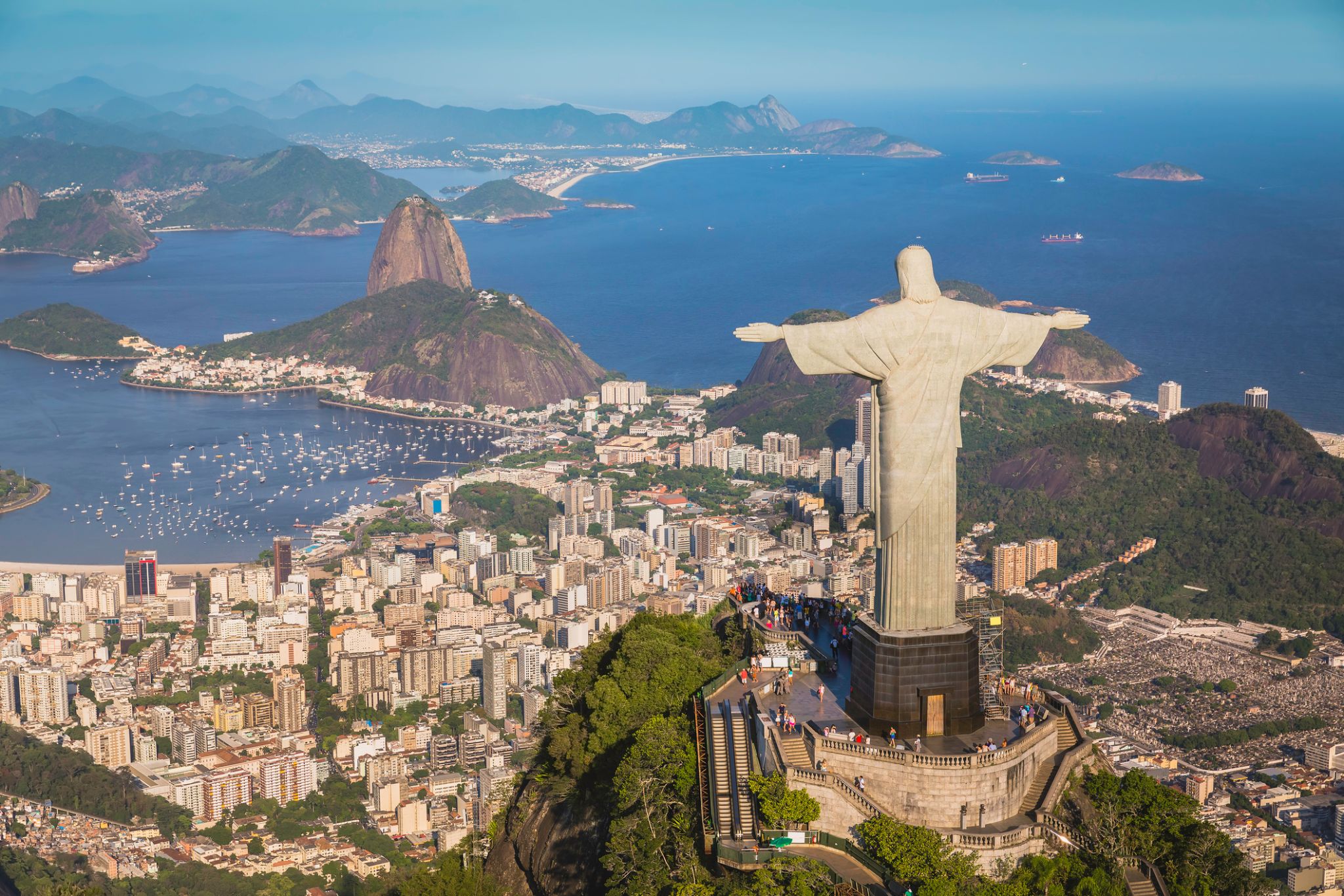
Rio de Janeiro is the second-most populous municipality in Brazil and the sixth-most populous in the Americas. The metropolis is anchor to the Rio de Janeiro metropolitan area, the second-most populous metropolitan area in Brazil and sixth-most populous in the Americas. Rio de Janeiro is the capital of the state of Rio de Janeiro, Brazil's third-most populous state. Part of the city has been designated as a World Heritage Site, named "Rio de Janeiro: CariocaLandscapes between the Mountain and the Sea", by UNESCO on 1 July 2012 as a Cultural Landscape.
Founded in 1565 by the Portuguese, the city was initially the seat of the Captaincy of Rio de Janeiro, a domain of the Portuguese Empire. Later, in 1763, it became the capital of the State of Brazil, a state of the Portuguese Empire. In 1808, when the Portuguese Royal Court transferred itself from Portugal to Brazil, Rio de Janeiro became the chosen seat of the court of Queen Maria I of Portugal, who subsequently, in 1815, under the leadership of her son, the Prince Regent, and future King João VI of Portugal, raised Brazil to the dignity of a kingdom, within the United Kingdom of Portugal, Brazil, and Algarves. Rio stayed the capital of the pluricontinental Lusitanian monarchy until 1822, when the War of Brazilian Independence began. This is one of the few instances in history that the capital of a colonising country officially shifted to a city in one of its colonies. Rio de Janeiro subsequently served as the capital of the independent monarchy, the Empire of Brazil, until 1889, and then the capital of a republican Brazil until 1960 when the capital was transferred to Brasília.

Rio de Janeiro is the second-most populous municipality in Brazil and the sixth-most populous in the Americas. The metropolis is anchor to the Rio de Janeiro metropolitan area, the second-most populous metropolitan area in Brazil and sixth-most populous in the Americas. Rio de Janeiro is the capital of the state of Rio de Janeiro, Brazil's third-most populous state. Part of the city has been designated as a World Heritage Site, named "Rio de Janeiro: CariocaLandscapes between the Mountain and the Sea", by UNESCO on 1 July 2012 as a Cultural Landscape.
Founded in 1565 by the Portuguese, the city was initially the seat of the Captaincy of Rio de Janeiro, a domain of the Portuguese Empire. Later, in 1763, it became the capital of the State of Brazil, a state of the Portuguese Empire. In 1808, when the Portuguese Royal Court transferred itself from Portugal to Brazil, Rio de Janeiro became the chosen seat of the court of Queen Maria I of Portugal, who subsequently, in 1815, under the leadership of her son, the Prince Regent, and future King João VI of Portugal, raised Brazil to the dignity of a kingdom, within the United Kingdom of Portugal, Brazil, and Algarves. Rio stayed the capital of the pluricontinental Lusitanian monarchy until 1822, when the War of Brazilian Independence began. This is one of the few instances in history that the capital of a colonising country officially shifted to a city in one of its colonies. Rio de Janeiro subsequently served as the capital of the independent monarchy, the Empire of Brazil, until 1889, and then the capital of a republican Brazil until 1960 when the capital was transferred to Brasília.

Rio de Janeiro is the second-most populous municipality in Brazil and the sixth-most populous in the Americas. The metropolis is anchor to the Rio de Janeiro metropolitan area, the second-most populous metropolitan area in Brazil and sixth-most populous in the Americas. Rio de Janeiro is the capital of the state of Rio de Janeiro, Brazil's third-most populous state. Part of the city has been designated as a World Heritage Site, named "Rio de Janeiro: CariocaLandscapes between the Mountain and the Sea", by UNESCO on 1 July 2012 as a Cultural Landscape.
Founded in 1565 by the Portuguese, the city was initially the seat of the Captaincy of Rio de Janeiro, a domain of the Portuguese Empire. Later, in 1763, it became the capital of the State of Brazil, a state of the Portuguese Empire. In 1808, when the Portuguese Royal Court transferred itself from Portugal to Brazil, Rio de Janeiro became the chosen seat of the court of Queen Maria I of Portugal, who subsequently, in 1815, under the leadership of her son, the Prince Regent, and future King João VI of Portugal, raised Brazil to the dignity of a kingdom, within the United Kingdom of Portugal, Brazil, and Algarves. Rio stayed the capital of the pluricontinental Lusitanian monarchy until 1822, when the War of Brazilian Independence began. This is one of the few instances in history that the capital of a colonising country officially shifted to a city in one of its colonies. Rio de Janeiro subsequently served as the capital of the independent monarchy, the Empire of Brazil, until 1889, and then the capital of a republican Brazil until 1960 when the capital was transferred to Brasília.


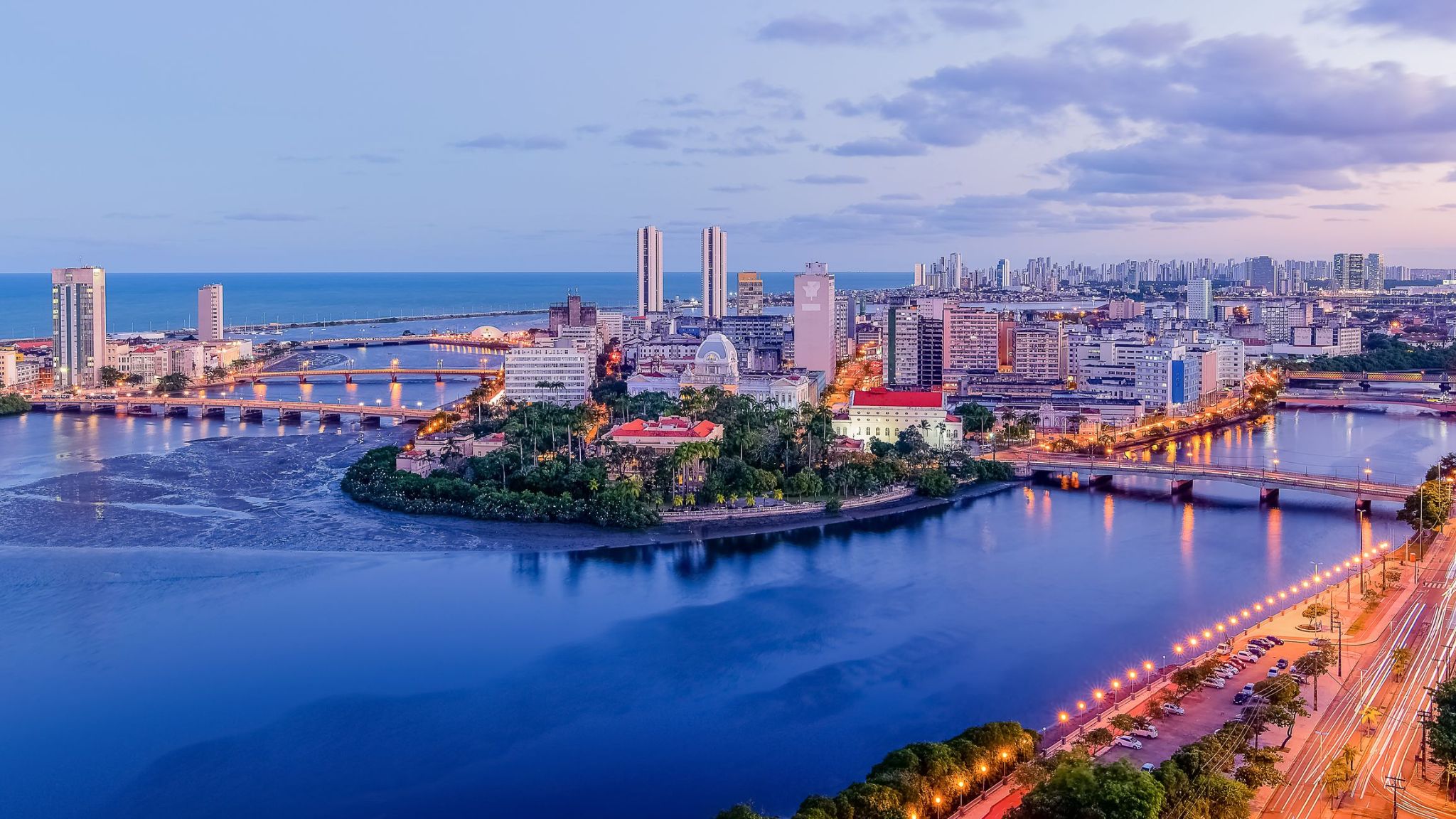
Հայերեն — Ռեսիֆի․ Բրազիլիայի արևադարձային Վենետիկը
Ռեսիֆին՝ Բրազիլիայի Պերնամբուկու նահանգի մայրաքաղաքը, հյուսիս-արևելքում, հայտնի է իր ջրանցքների, կամուրջների և գետերի ցանցով, որի համար էլ ստացել է «Բրազիլական Վենետիկ» անունը։ Քաղաքը համադրում է գաղութային ճարտարապետությունը, ժամանակակից երկնաքերերը և վառ մշակույթը՝ արտահայտված կարնավալների, ֆրևոյի երաժշտության և մարակատուի ռիթմերի միջոցով։ Պատմական Ռեսիֆի Անտիգու թաղամասը պահպանել է պորտուգալական ժառանգությունը՝ նեղ փողոցներով, եկեղեցիներով և հնագույն շինություններով։
Ռեսիֆին հայտնի է նաև իր լողափերով, հատկապես Բոա Վիաժեմով, որտեղ սպիտակ ավազն ու արմավենիները ներդաշնակվում են քաղաքային համայնապատկերի հետ։ Այցելուները կարող են բացահայտել թանգարաններ, ինչպես օրինակ՝ Ռիկարդու Բրեննանդի ինստիտուտը՝ զենքերի և արվեստի հավաքածուով, կամ ուղևորվել մոտակա Օլինդա գաղութային քաղաք, որը ՅՈՒՆԵՍԿՕ-ի համաշխարհային ժառանգության վայր է։ Ռեսիֆին իդեալական է նրանց համար, ովքեր փնտրում են մշակույթ, ծովափնյա հանգիստ և Բրազիլիայի կենսախինդ մթնոլորտը։




Սպիտակ ավազով լողափերը, որոնք հայտնվում և անհետանում են կախված Ամազոնի ջրի մակարդակից, Ալտեր դու Շաու-ն դարձնում են Բրազիլիայի իսկական բնության հրաշքը։ Այս վայրը, որը գտնվում է Պարա նահանգում, հաճախ կոչվում է «բրազիլական Կարիբներ»՝ իր մաքուր ջրերի, արմավենիների և փափուկ ավազի շնորհիվ։ Այստեղ են այցելում ոչ միայն լողափային հանգստի, այլև ձկնորսական գյուղի հմայքի, թարմ ձկան ուտեստների և ջունգլիների խաղաղության համար։
Ալտեր դու Շաու-ն հատկապես հայտնի է սեպտեմբերին՝ ամենամյա Սայրե փառատոնի ընթացքում, երբ տեղի են ունենում ավանդական պարեր, տարազներ և նավակների շքերթներ։ արկածների սիրահարները կարող են լողալ կանոյով ծածկված անտառներում, տեսնել վարդագույն գետային դելֆիններ կամ այցելել հին հնագիտական վայրեր։ Սա այն վայրն է, որտեղ մշակույթը, բնությունը և Ամազոնի կախարդանքը միախառնվում են անմոռանալի ճանապարհորդության մեջ։

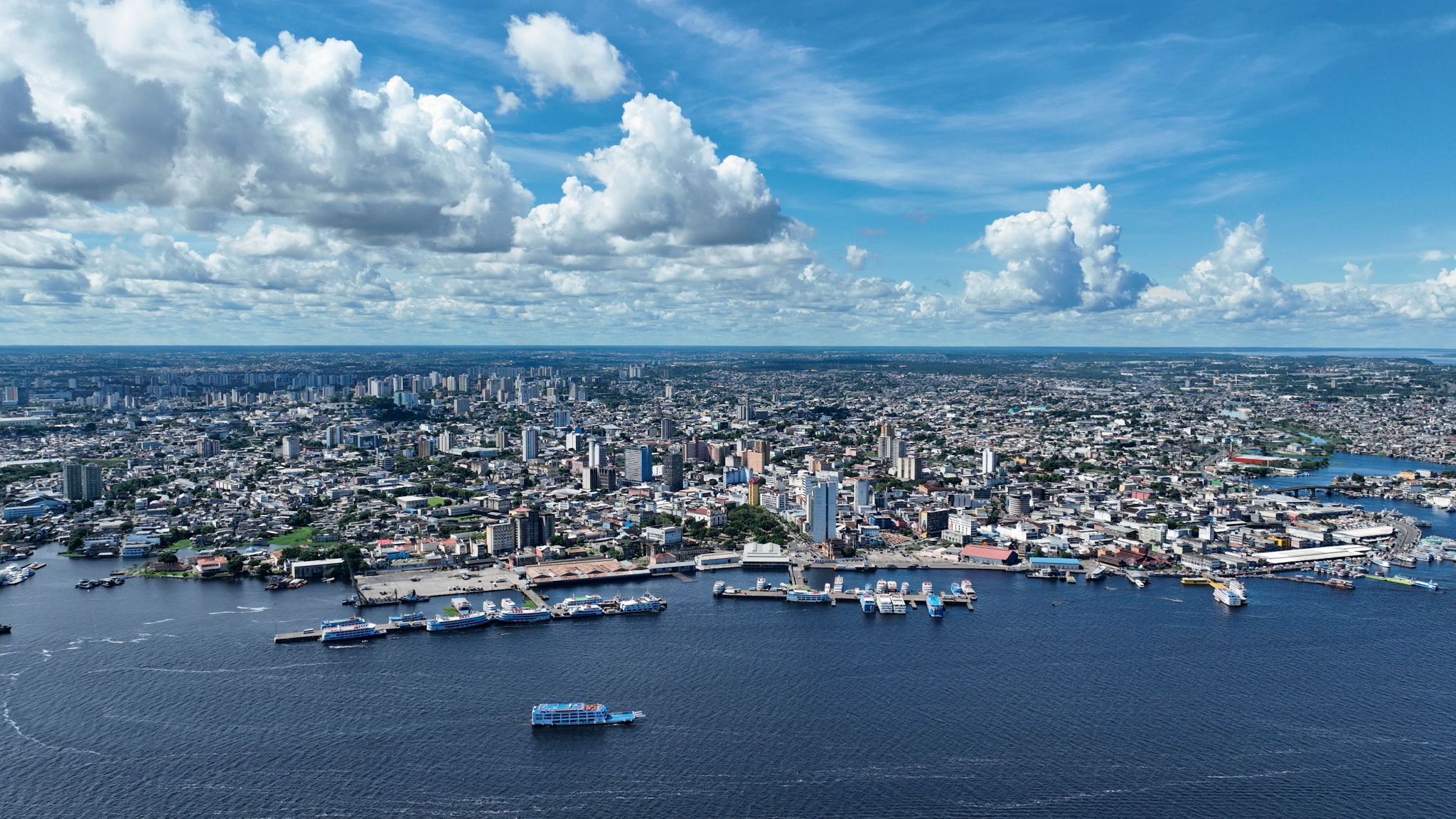
Ամազոնիայի սրտում, որտեղ բնությունն ու պատմությունը յուրօրինակ միություն են ստեղծում, գտնվում է Մանաուս քաղաքը՝ Ամազոնաս նահանգի մայրաքաղաքը և տարածաշրջանի ամենամեծ քաղաքը՝ ավելի քան մեկ միլիոն բնակչությամբ։ Քաղաքը հայտնի է դարձել անցած դարի կաուչուկի բումի ժամանակ, երբ 1896 թվականին կառուցվել է շքեղ օպերան, որի նյութերը Եվրոպայից են ներմուծվել՝ չնայած բարձր ծախսերին։ Դժոլանգների շրջապատում՝ երեք կողմից, Մանաուսը տարբերվում է եվրոպական քաղաքներից ստվերոտ փողոցներով, փոքր այգիներով և ավանդական կոշիկ լվացողներով։ Կենտրոնից ընդամենը տասը րոպե հեռավորության վրա կարելի է գտնել կաղնատների տանիքով տնակներ, որտեղ ապրում են տեղաբնիկ ընտանիքներ՝ առաջարկելով իրական Ամազոնիայի մթնոլորտ։
Քաղաքի բնական հրաշալիքներից է «Ջրերի հարսանիքը»։ Այստեղ սև, հանքանյութերով հարուստ Ռիո Նեգրոյի ջրերը միախառնվում են դեղնավուն Սոլիմոնես գետի ջրերի հետ՝ ստեղծելով հզոր Ամազոնա գետը։ Մոտ երկու կիլոմետր այս ջրերը հոսում են միասին, բայց չեն խառնում ջերմաստիճանի տարբերության պատճառով, ինչը պատկերի տպավորիչ բնական հրաշք է ստեղծում։ Մանաուսը համարվում է աշխարհի ամենաэкոլոգիապես մաքուր քաղաքներից մեկը և գտնվում է ընդամենը հինգ ժամ թռիչքով Ռիո դե Ժանեյրոյից՝ իդեալական սկիզբ Ամազոնիայի անտառները բացահայտելու համար։

Ամազոնիայի սրտում, որտեղ բնությունն ու պատմությունը յուրօրինակ միություն են ստեղծում, գտնվում է Մանաուս քաղաքը՝ Ամազոնաս նահանգի մայրաքաղաքը և տարածաշրջանի ամենամեծ քաղաքը՝ ավելի քան մեկ միլիոն բնակչությամբ։ Քաղաքը հայտնի է դարձել անցած դարի կաուչուկի բումի ժամանակ, երբ 1896 թվականին կառուցվել է շքեղ օպերան, որի նյութերը Եվրոպայից են ներմուծվել՝ չնայած բարձր ծախսերին։ Դժոլանգների շրջապատում՝ երեք կողմից, Մանաուսը տարբերվում է եվրոպական քաղաքներից ստվերոտ փողոցներով, փոքր այգիներով և ավանդական կոշիկ լվացողներով։ Կենտրոնից ընդամենը տասը րոպե հեռավորության վրա կարելի է գտնել կաղնատների տանիքով տնակներ, որտեղ ապրում են տեղաբնիկ ընտանիքներ՝ առաջարկելով իրական Ամազոնիայի մթնոլորտ։
Քաղաքի բնական հրաշալիքներից է «Ջրերի հարսանիքը»։ Այստեղ սև, հանքանյութերով հարուստ Ռիո Նեգրոյի ջրերը միախառնվում են դեղնավուն Սոլիմոնես գետի ջրերի հետ՝ ստեղծելով հզոր Ամազոնա գետը։ Մոտ երկու կիլոմետր այս ջրերը հոսում են միասին, բայց չեն խառնում ջերմաստիճանի տարբերության պատճառով, ինչը պատկերի տպավորիչ բնական հրաշք է ստեղծում։ Մանաուսը համարվում է աշխարհի ամենաэкոլոգիապես մաքուր քաղաքներից մեկը և գտնվում է ընդամենը հինգ ժամ թռիչքով Ռիո դե Ժանեյրոյից՝ իդեալական սկիզբ Ամազոնիայի անտառները բացահայտելու համար։
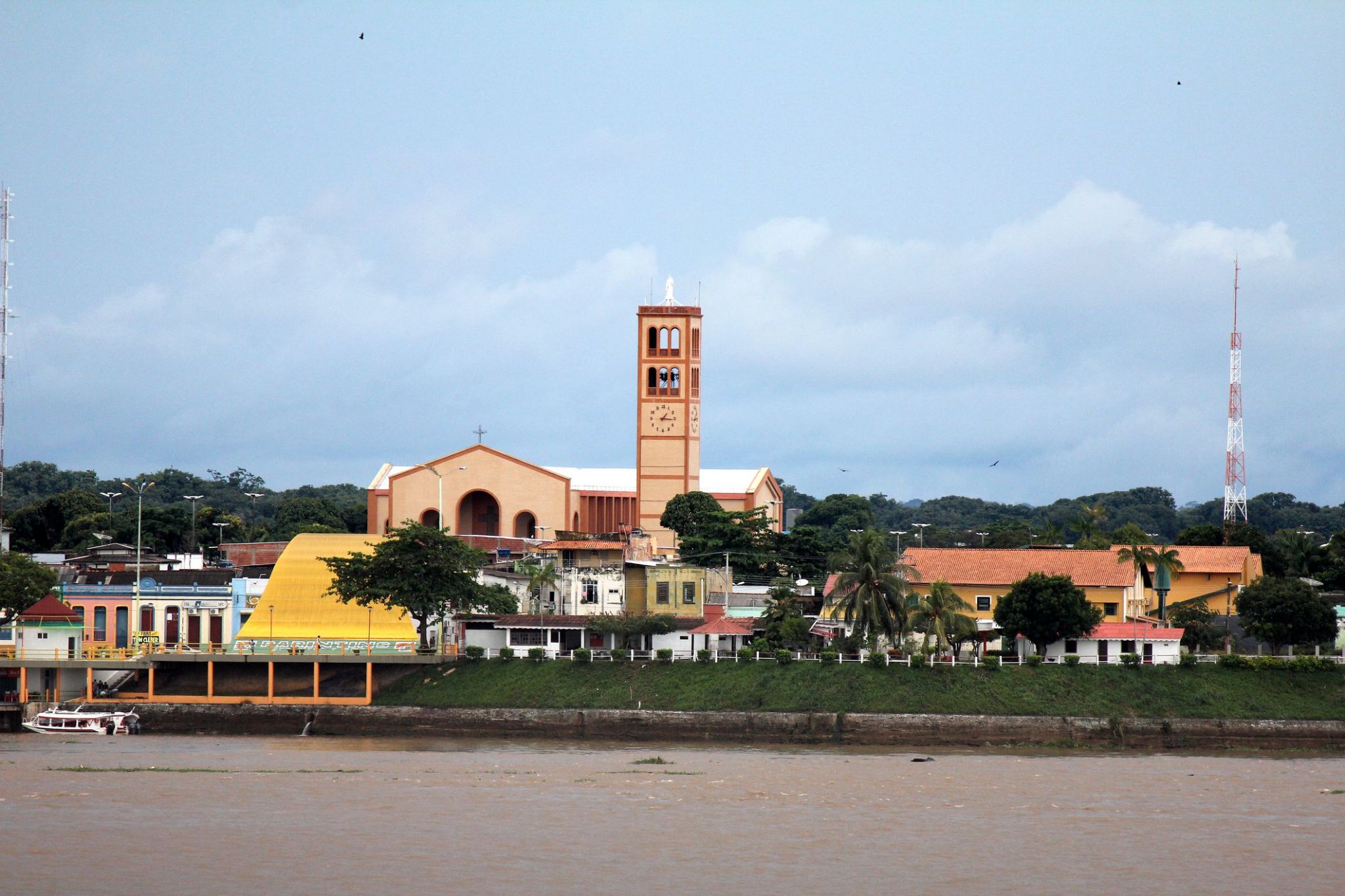
Բնության գունեղ ավանդույթներով և գեղեցիկ բնապատկերներով շրջապատված Պարինթինս կղզու տարածաշրջանը առաջարկում է եզակի համադրություն մշակութային տոնակատարության և էկզոտիկ վայրի։ Ամեն տարի այստեղ անցկացվում է Բումբա-Մեու-Բոյ հայտնի փառատոնը, որը հազարավոր զբոսաշրջիկների է բերում ամբողջ աշխարհից՝ ցանկությամբ խորանալ տեղական լեգենդներում, երաժշտությունում և պարերում։ Շրջակայքը հարուստ է գետերով և անտառներով, որտեղ այցելուները կարող են վայելել զբոսանքներ և ծանոթանալ Ամազոնիայի հարուստ կենդանաբանական աշխարհին։
Այցը Պարինթինս հնարավորություն է բացահայտելու ոչ միայն Ամազոնիայի գեղեցիկ լանդշաֆտները, այլև բրազիլացի ժողովրդի կենդանի մշակույթը։ Փոքրիկ գյուղերը բարեհամբույր բնակիչներով, ավանդական արհեստները և խոհանոցը ստեղծում են հարմարավետության և իսկականության զգացողություն։ Այստեղ յուրաքանչյուրը կգտնի իր համար ինչ-որ մի բան՝ սկսած վառ ու աննկարագրելի բնության արկածներից մինչև անմոռանալի մշակութային տպավորություններ։
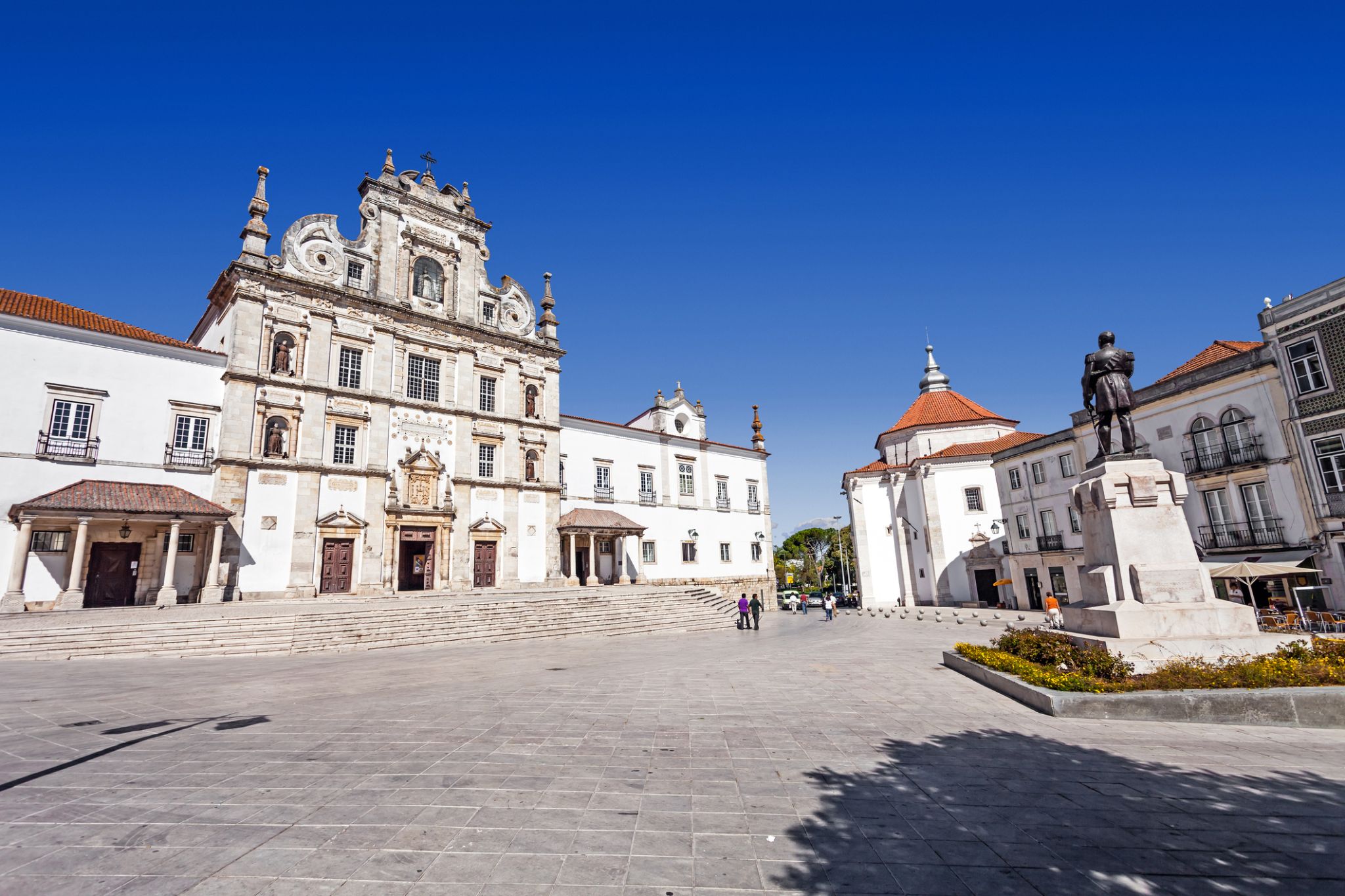



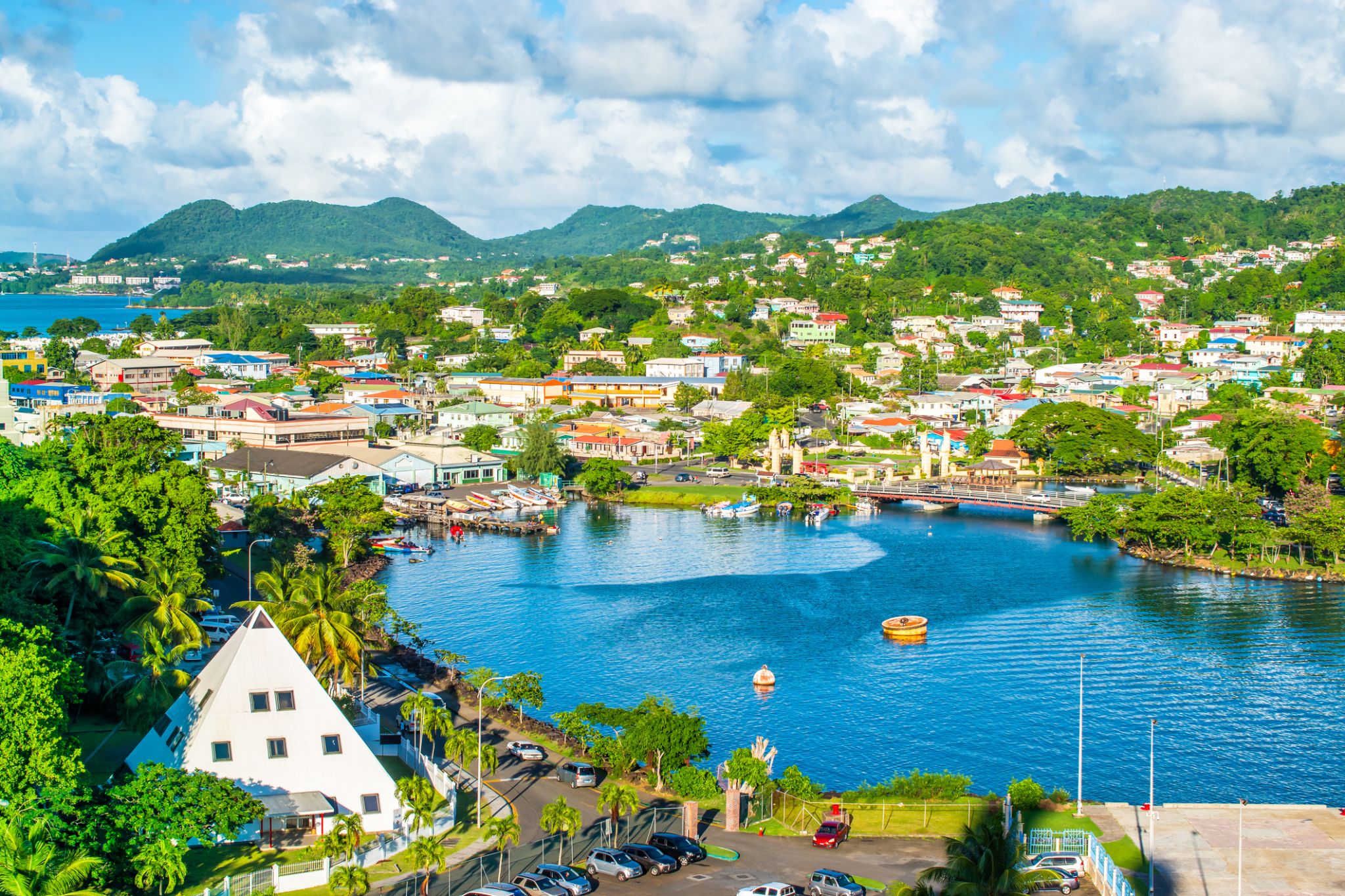
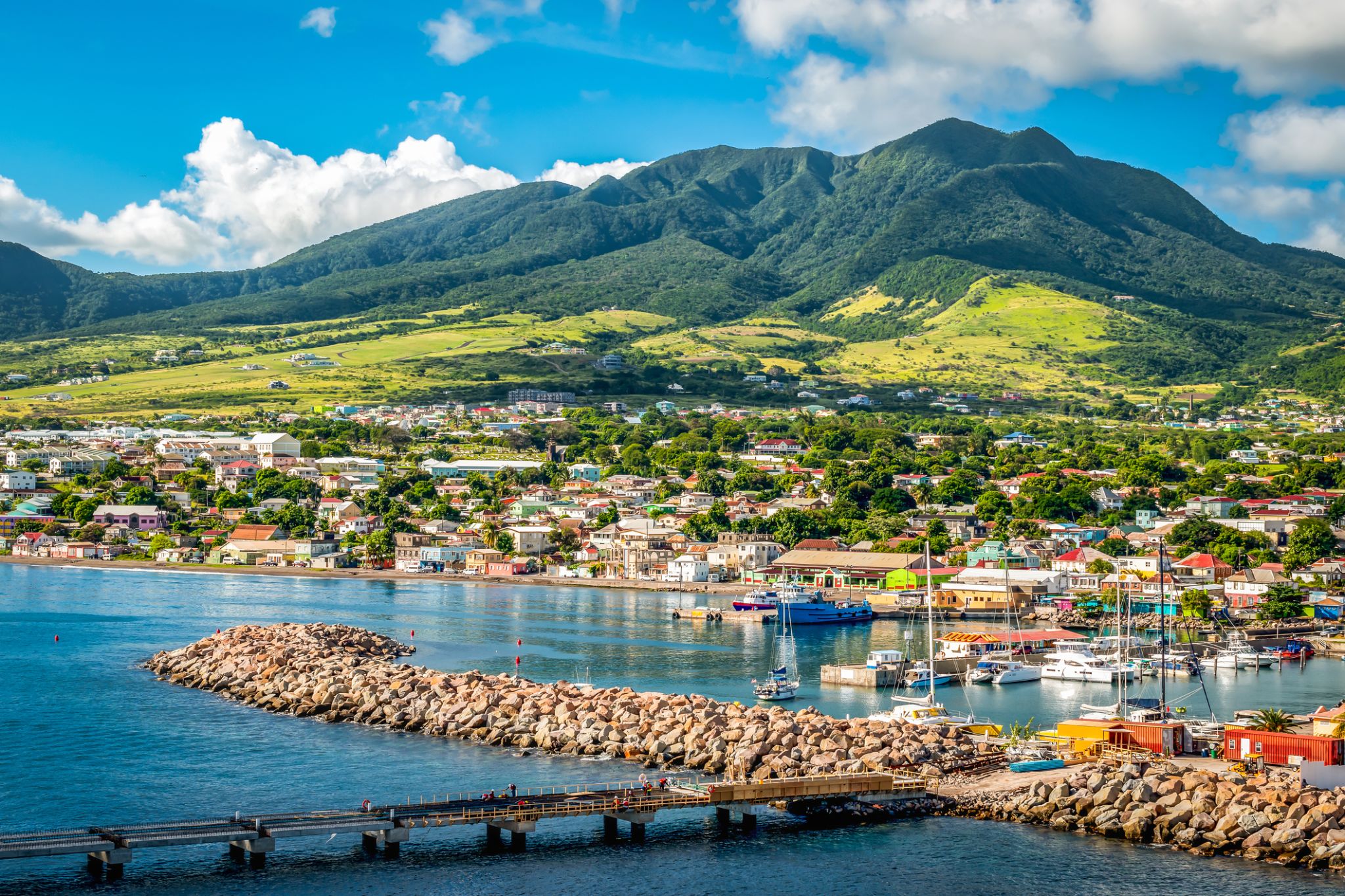


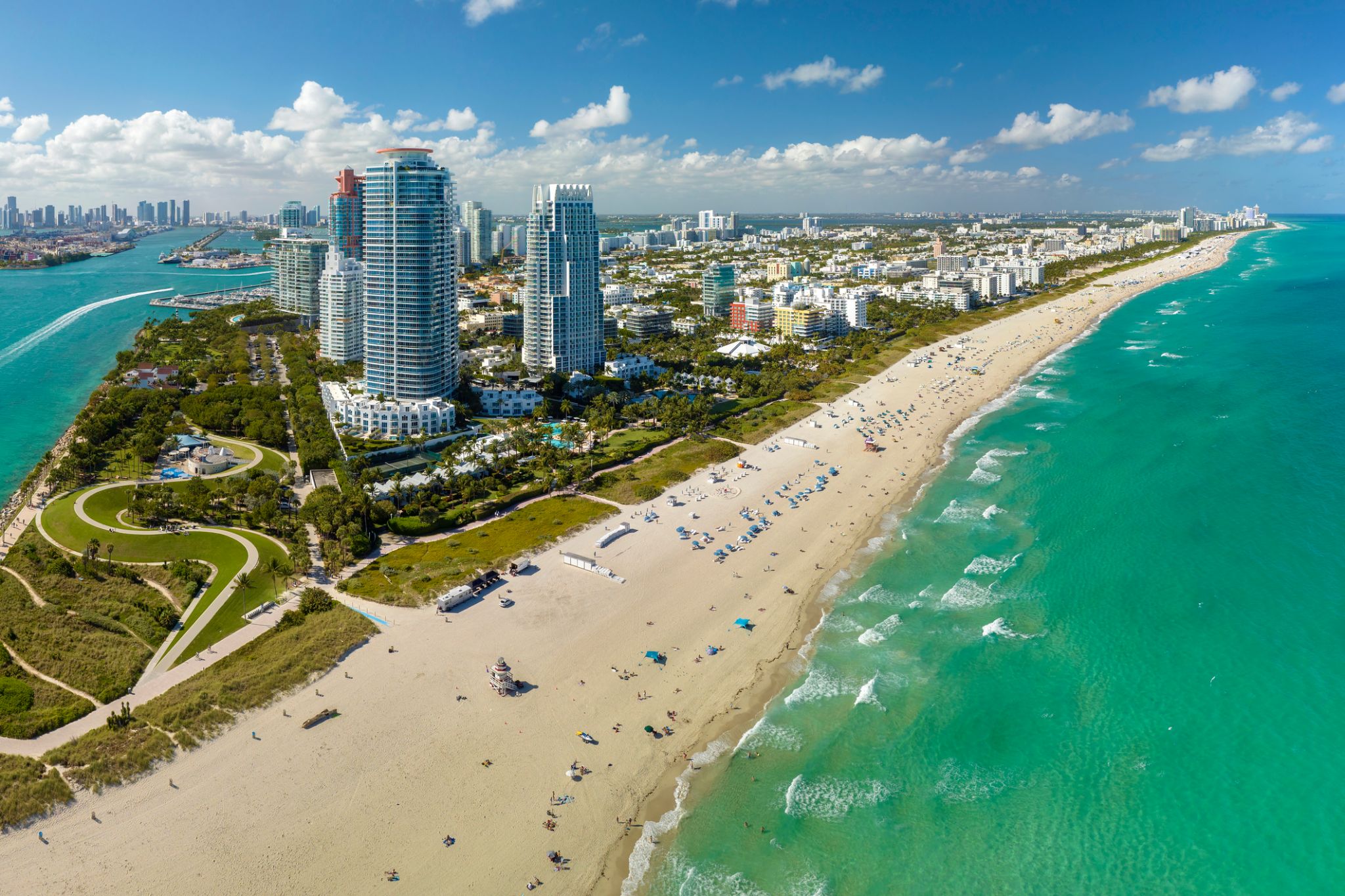
Miami, officially the City of Miami, is the cultural, economic and financial center of South Florida. Miami is the seat of Miami-Dade County, the most populous county in Florida. The city covers an area of about 56.6 square miles (147 km2), between the Everglades to the west and Biscayne Bay on the east; with a 2017 estimated population of 463,347, Miami is the sixth most densely populated major city in the United States. The Miami metropolitan area is home to 6.1 million people and the seventh-largest metropolitan area in the nation. Miami's metro area is the second-most populous metropolis in the southeastern United States and fourth-largest urban area in the U.S.
Miami is a major center, and a leader in finance, commerce, culture, media, entertainment, the arts, and international trade. The Miami Metropolitan Area is by far the largest urban economy in Florida and the 12th largest in the United States with a GDP of $344.9 billion as of 2017. In 2012, Miami was classified as an "Alpha−" level world city in the World Cities Study Group's inventory. In 2010, Miami ranked seventh in the United States and 33rd among global cities in terms of business activity, human capital, information exchange, cultural experience, and political engagement. In 2008, Forbes magazine ranked Miami "America's Cleanest City", for its year-round good air quality, vast green spaces, clean drinking water, clean streets, and citywide recycling programs. According to a 2009 UBS study of 73 world cities, Miami was ranked as the richest city in the United States, and the world's seventh-richest city in terms of purchasing power. Miami is nicknamed the "Capital of Latin America" and is the largest city with a Cuban-American plurality.
Greater Downtown Miami has one of the largest concentrations of international banks in the United States, and is home to many large national and international companies. The Civic Center is a major center for hospitals, research institutes, medical centers, and biotechnology industries. For more than two decades, the Port of Miami, known as the "Cruise Capital of the World", has been the number one cruise passenger port in the world. It accommodates some of the world's largest cruise ships and operations, and is the busiest port in both passenger traffic and cruise lines. Metropolitan Miami is also a major tourism hub in the southeastern U.S. for international visitors, ranking number two in the country after New York City.